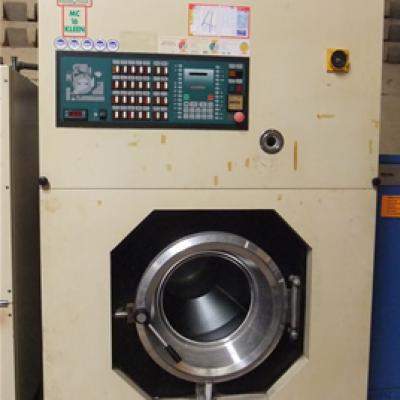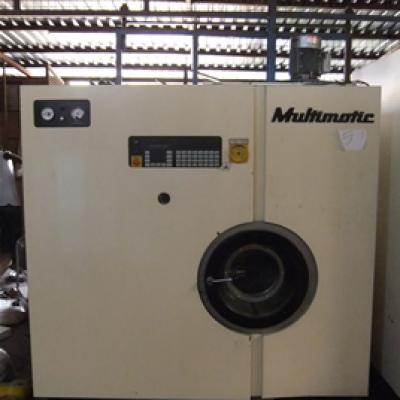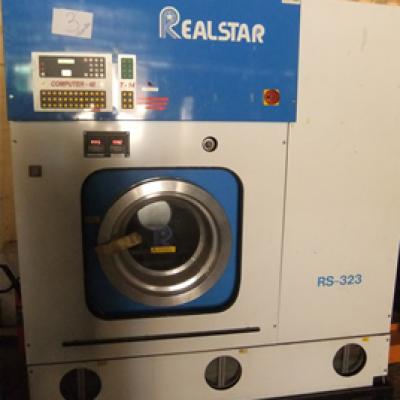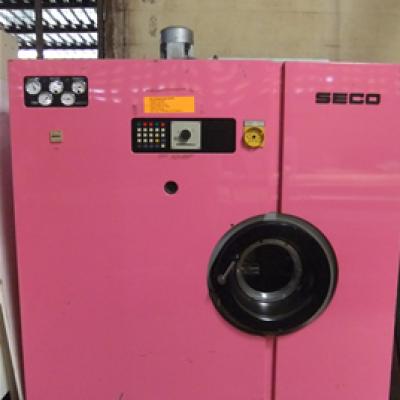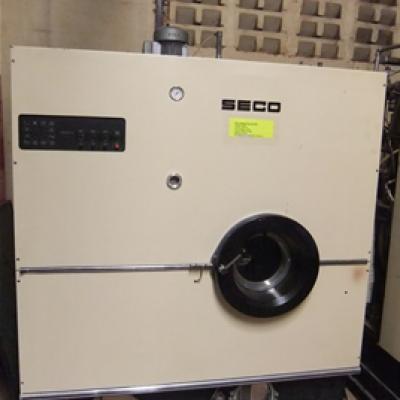These include:
• Spray painting (see airbrush compressors here)
• Power washers
• Washing a house externally
• Pumping tires up
But how do you get started? Be sure to get all of the supplies you require for the job at hand, clear your workspace and make sure that you are safe to work in the area you plan to work in. Once all of these measures have been undertaken, follow the next six steps as featured on the Best of Machinery website and you will never find the use of an air compressor daunting again.
Machine Checks
Be sure to take a few minutes before doing anything else to check over your air compressor. Look at all of the dials and check that the hose is still secured properly. These may seem obvious things to do, but many people begin their DIY project without doing so, and it can cause huge problems. If the hose is not connected properly, the air pressure will be too low which will in turn cause damage to both the wrongly or badly attached hose and the air compressor itself.
Always make sure that the power switch on your air compressor is kept “off” when out of use or else damage and harm can be caused to both you and your machine if you plug it into an energy source. Check your machine is on a flat surface so that it does not fall over when in use.
Prep and Power
The preparation you need to make before you get started will alter depending on what type of air compressor you have, but generally, the three different types of air compressors require three different methods of handling: gas, electric and oil. Electric air compressors must be turned on after they have been plugged into a socket. Oil air compressors require you to check the oil level and top it up should it be low before you turn it on. An oil air compressor will not work properly if the oil level is not at the correct level as the seals will not be tight enough, and the compressor will overheat.
Gas air compressors require you to check the levels of gasoline and increase the level if needs be. Whatever type of air compressor you have, remember to check it, prep it then press the power button.
Find the Right Pressure
Once you have turned your machine on, alter the pressure gauge to whatever pressure it is that you require for the job. The tank will begin to fill with air. If you are using a small air compressor, there are two gauges. One shows the tank’s air pressure, the second shoes the pressure when you’re using the hose. These are the Proper Air Pressure (PSI) and Air Flow (CFM). Make sure you know the exact pressure required for your tool – they are all slightly different.
Additional Attachment
When the tank has been filled with the required amount of air, you can begin to use the hose and undertake the DIY project. To do so, close the gauge. If you have a special attachment for the hose, now is the time to add it to the tip. Fasten it securely so that no damage is caused to the hose, machine or to you while you use it.
Shut Down and Unplug your Air Compressor
When you have finished your DIY project, make sure that you turn the pressure gauge on the air compressor to off and shut down the air compressor completely. When the pressure gauge has been shut off, and the compressor has been shut down, it is then safe to unplug the compressor from its power source.
Now it is time to release any leftover air from within the tank and then check the pressure relief valve. The pressure relief valve will show you if any pressure still remains in the tank. Keep the valve open until all air has been released.
Storage
It is important that you store your air compressor in the correct way so that it is not damaged when not in use. Make sure that it is not put away with any air remaining within its tank. And be sure that wherever you choose to store it is dry. It is common for condensation to form underneath an air compressor when it is within storage. This can be detrimental to the air compressor itself.
So, to prevent this from happening, make sure that air can circulate around and underneath the air compressor so that it can remain dry. If you do not ensure that the air compressor is kept dry when in storage it will significantly reduce the longevity of the air compressor and will cause damage and erosion.





